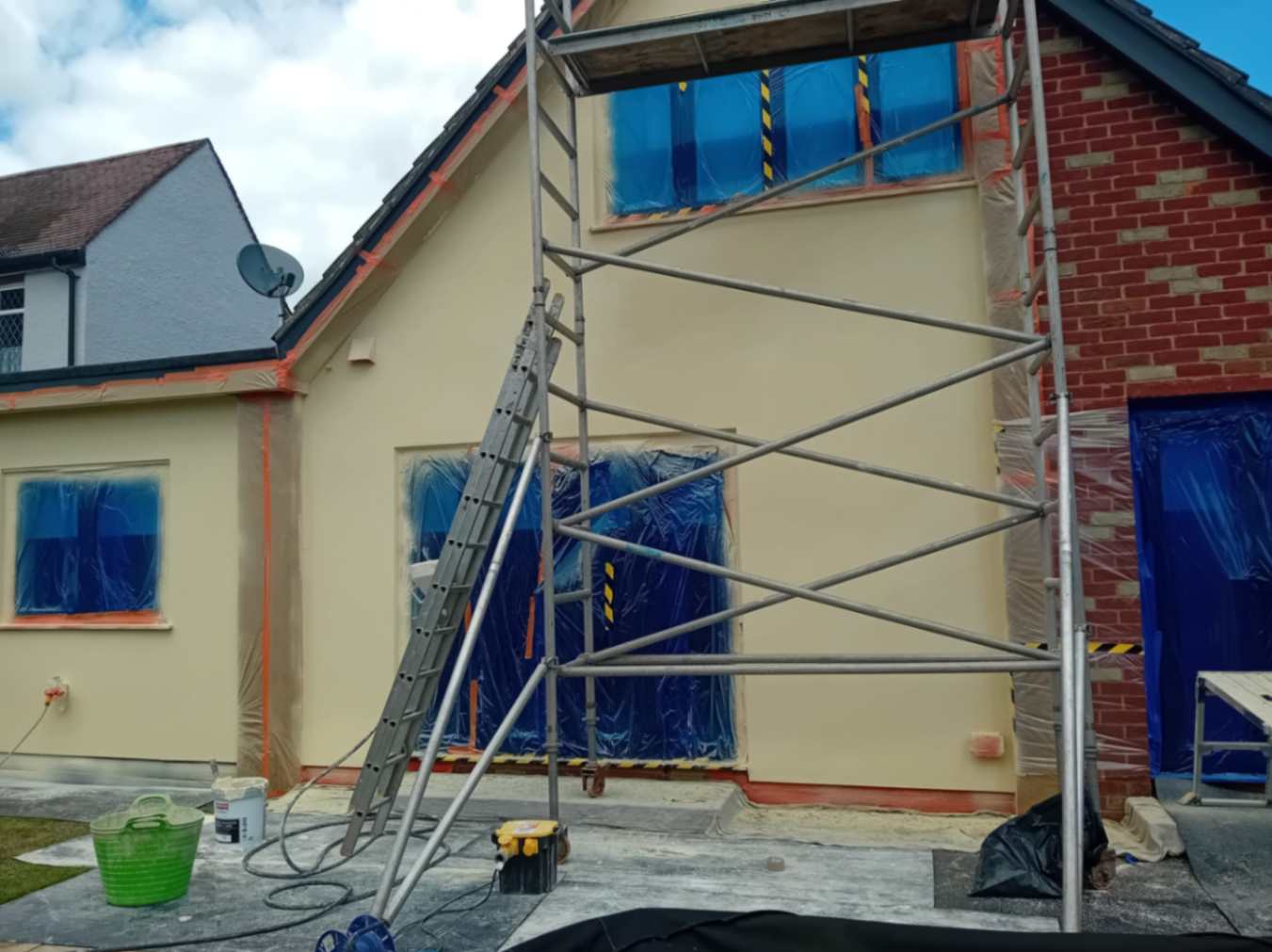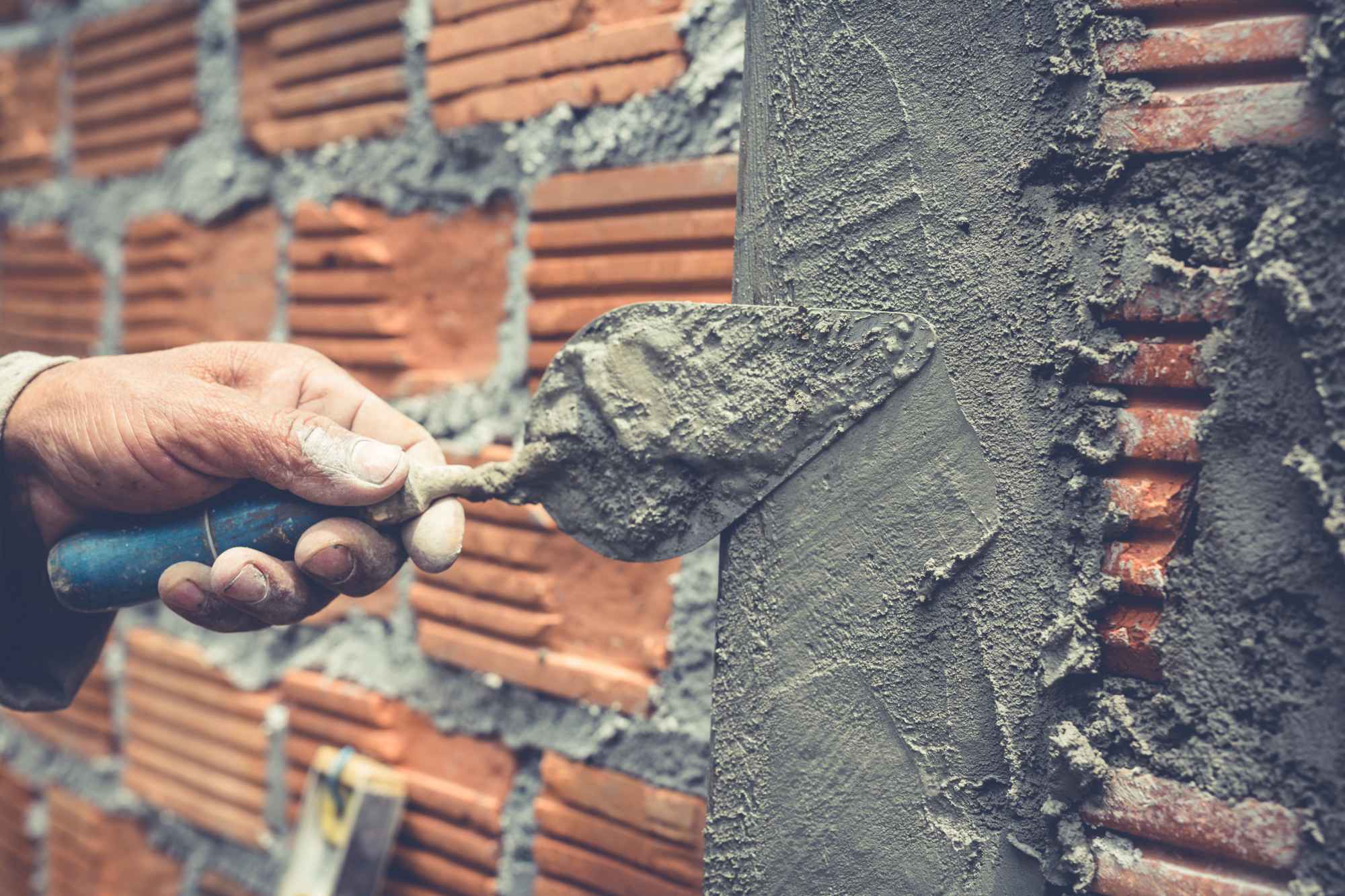
Rendering is a well-known technique for coating and safeguarding the external walls of a premises. It increases the appeal and upgrades the property’s weatherproofing and insulation. Different types of rendering are available, each with its distinctive properties and advantages. If you are thinking about rendering your property, it is vital to know the various options, their benefits, and which one best matches your requirements.
In this informative guide, we will examine the various types of rendering that can modify your property’s appearance while offering enhanced durability. Whether you are thinking about enhancing your property’s exterior allure or increasing its thermal effectiveness, comprehending your options is fundamental.
The following are the various types of rendering:
Cement render is one of the most conventional and extensively utilised types of rendering. It is created from a combination of cement, sand, and water and is directly applied to the brickwork or concrete of external walls. The application procedure is comparatively simple, and the cement render is acknowledged for its stability and robustness.
Cement render is perfect for properties in areas with extreme atmospheric conditions, as it offers great resistance to the external elements. It can also be painted in different colours, enabling you to customise your property’s external surfaces. Whereas it is comparatively low-maintenance, cement render requires routine upkeep, such as resealing, to prevent dampness from getting into the walls.
Acrylic render is a modern alternative to conventional cement render, created from a mixture of acrylic resins and other polymers. This render type is celebrated for its adaptability and capability to expand and contract with the primary structure, which helps avoid cracks as time passes. The integration of acrylic render is an ideal option for properties which are prone to great movements or aged buildings.
Acrylic render is extremely resistant to water and offers great protection against rain and moist conditions. It is accessible in various textures and finishes, making it appropriate for a broad spectrum of decorative styles. The additional benefit of acrylic render is that it usually needs less maintenance than cement render and is faster to apply.
Lime render is another conventional option; however, it is created from an amalgamation of lime and sand. Lime render has been used for a long time and is perfect for historical or period properties because of its breathability. This type of render enables dampness to disappear from the walls, avoiding dampness and mould problems within the premises. It is especially useful for aged buildings where humidity control is pivotal.
Although lime render is more biodegradable than other rendering types, it is less durable than cement or acrylic render and might need more regular upkeep. Lime render is perfect for properties that need to retain their conventional appearance while gaining a durable and breathable finish.
Monocouche render is a render type applied in a single layer, hence the names “mono” (single) and “couch” (layer). This render type has gained attention for its ease of use and capability to offer a smooth, even finish. Monocouche render is usually created from a mixture of cement, lime, and acrylic resins, making it more adaptable and weather-proof than conventional cement render.
One of the most striking features of monocouche render is its self-finishing characteristics. It comes pre-mixed in a variety of colours, so painting is not required after application. This minimises labour expenditures and time, making it a budget-friendly option for householders searching for a flawless finish. Monocouche render is especially appropriate for properties that need a tidy, modern look.

Silicone render is a more up-to-date innovation in the rendering domain and is recognised for its great water-resistant characteristics. It is created from silicone-based resins, which offer a smooth, durable finish that resists filth and stains. Silicone render is perfect for homes in regions susceptible to heavy rainfall or dampness, as it establishes a barrier that prevents water from penetrating the walls.
Another advantage of silicone render is its adaptability. Like acrylic render, it can expand and contract with the building structure, which decreases the possibility of cracking. Silicone render is also extremely resistant to algae and fungal growth, making it ideal for homes situated in moist or wet conditions.
Pebbledash, otherwise known as roughcast render, is applied to achieve a thick, textured finish and is created from a combination of sand and small pebbles. This render type was common in the mid-20th century and is still used today in a few areas for its unique appearance.
The major benefit of pebbledash render is its stability. The pebbles help safeguard the underlying wall from weather damage and physical deterioration. Even though it requires little maintenance, the texture might not appeal to a wide range of people, and tidying the surface can prove difficult because of the rough finish.
Choosing the correct type of render for your property depends on different factors, including:
Lime render might be ideal for older or historic properties because of its breathable capacity. Silicone or acrylic render might offer excellent protection against water ingress if you live in a place susceptible to intense rainfall. Monocouche render is perfect for householders searching for a fast, low-upkeep option with a contemporary finish, while cement render remains a sturdy and dependable choice for traditional residences.
Lastly, every rendering option has benefits, and the appropriate one depends on your particular needs. It is worth consulting with an expert to ensure you select the correct render type for your home’s requirements.
At Judge Plastering, we excel in offering professional rendering services customised to your particular requirements. Whether you are searching for the stability of cement render or the eco-consciousness of lime render, our crew can guide you through the procedure and aid you in making the right decision for your property.
Get in touch with us today by dialling 07432 022875 to discuss your rendering project!
Copyright © 2025 Judge Plastering. All Rights Reserved.